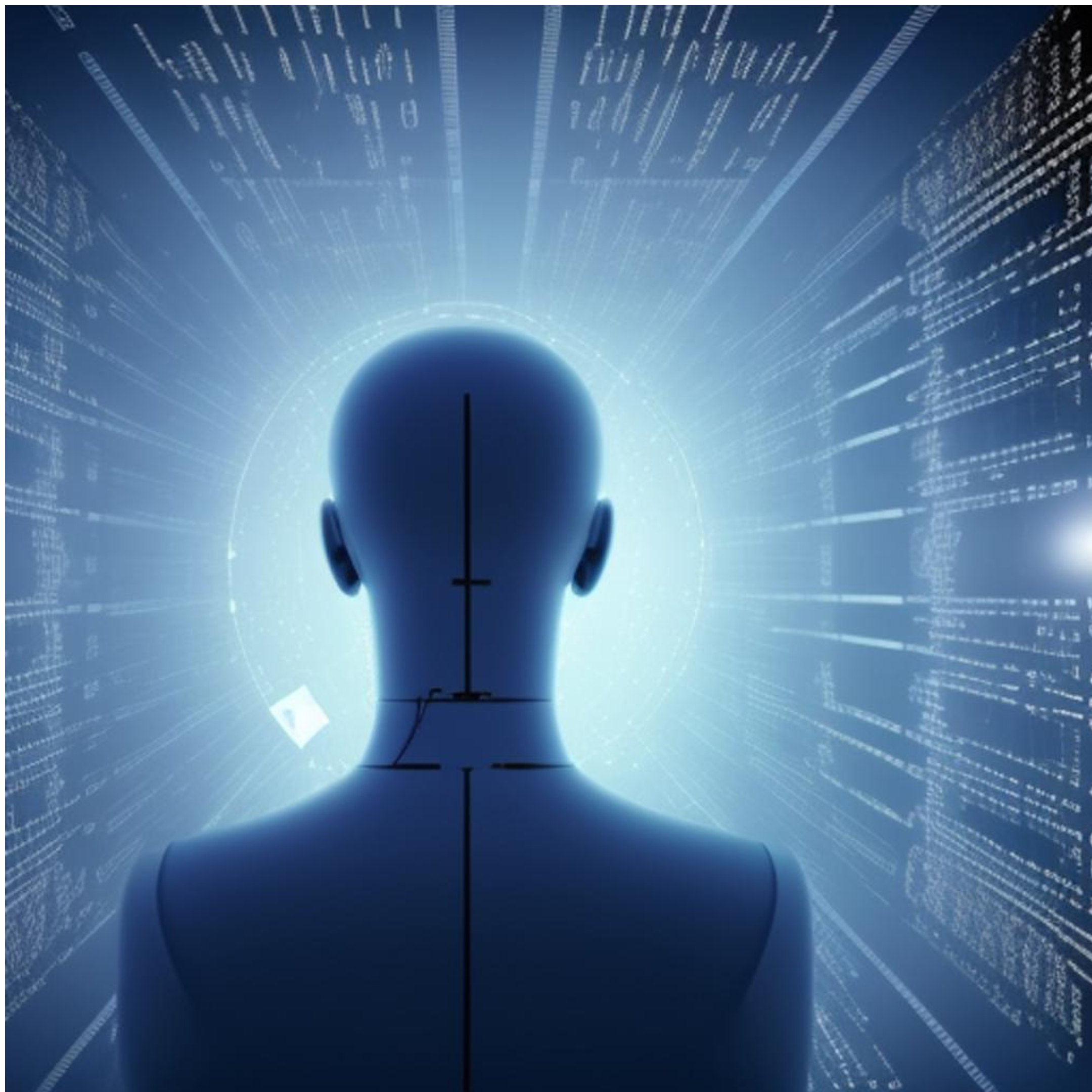In the dynamic world of recruitment, the emergence of Artificial Intelligence (AI) has revolutionized the way organizations source, screen, and hire talent. One of the most profound impacts has been on Applicant Tracking Systems (ATS). These digital gatekeepers have evolved from being passive databases to proactive, intelligent tools that streamline the hiring process. Let’s explore how AI is reshaping ATS systems and revolutionizing the way companies find their future stars.
Traditionally, ATS systems relied heavily on keyword matching, which often led to false positives and missed opportunities.
By leveraging Natural Language Processing (NLP) and machine learning, AI-driven ATS systems can analyze resumes and job descriptions with incredible precision. They now consider context, synonyms, and even sentiment, resulting in more accurate candidate matches.
Bias in hiring is a significant concern, but AI offers a potential solution. These systems are designed to be blind to factors like gender, ethnicity, or age. They focus on skills, experience, and qualifications, ensuring a more diverse and inclusive candidate pool.
AI-powered ATS systems can screen and shortlist candidates faster and more efficiently than human recruiters. They can automatically assess resumes, evaluate qualifications, and even conduct preliminary interviews through chatbots. This not only saves time but also ensures consistency in the evaluation process.
AI brings predictive analytics into the hiring process. ATS systems can analyze historical hiring data to identify patterns and trends. This helps HR teams make informed decisions about where to source candidates, which job boards to use, and even which interview questions are most effective.
User experience matters in every software application, including ATS. AI has enhanced the user interface, making it more intuitive and user-friendly. This means recruiters can navigate the system effortlessly, improving their efficiency.
AI extends the functionality of ATS systems into candidate relationship management. It can automate personalized email campaigns, keep candidates engaged, and nurture talent pipelines, ensuring a steady stream of qualified candidates.
AI-powered ATS systems don’t just stop at what they know; they continuously learn and adapt. As they process more data and interactions, they become more adept at identifying the right candidates and refining the hiring process.
Streamlined processes, reduced bias, and increased efficiency all translate to significant cost savings. AI-driven ATS systems can help organizations optimize their recruitment budgets while still attracting top talent.
While the benefits of AI in ATS systems are undeniable, there are challenges to address. These include data privacy concerns, the need for proper training to avoid bias in algorithms, and ensuring that human oversight remains a crucial part of the hiring process.
AI is not just a buzzword; it’s a transformative force in applicant tracking systems. It’s helping companies find better-suited candidates faster, reduce bias, and improve the overall hiring experience for both recruiters and job seekers. As AI continues to evolve, the future of talent acquisition looks brighter than ever before. It’s a future where organizations can efficiently find the right talent to propel their success. The journey has just begun, and the possibilities are endless.







